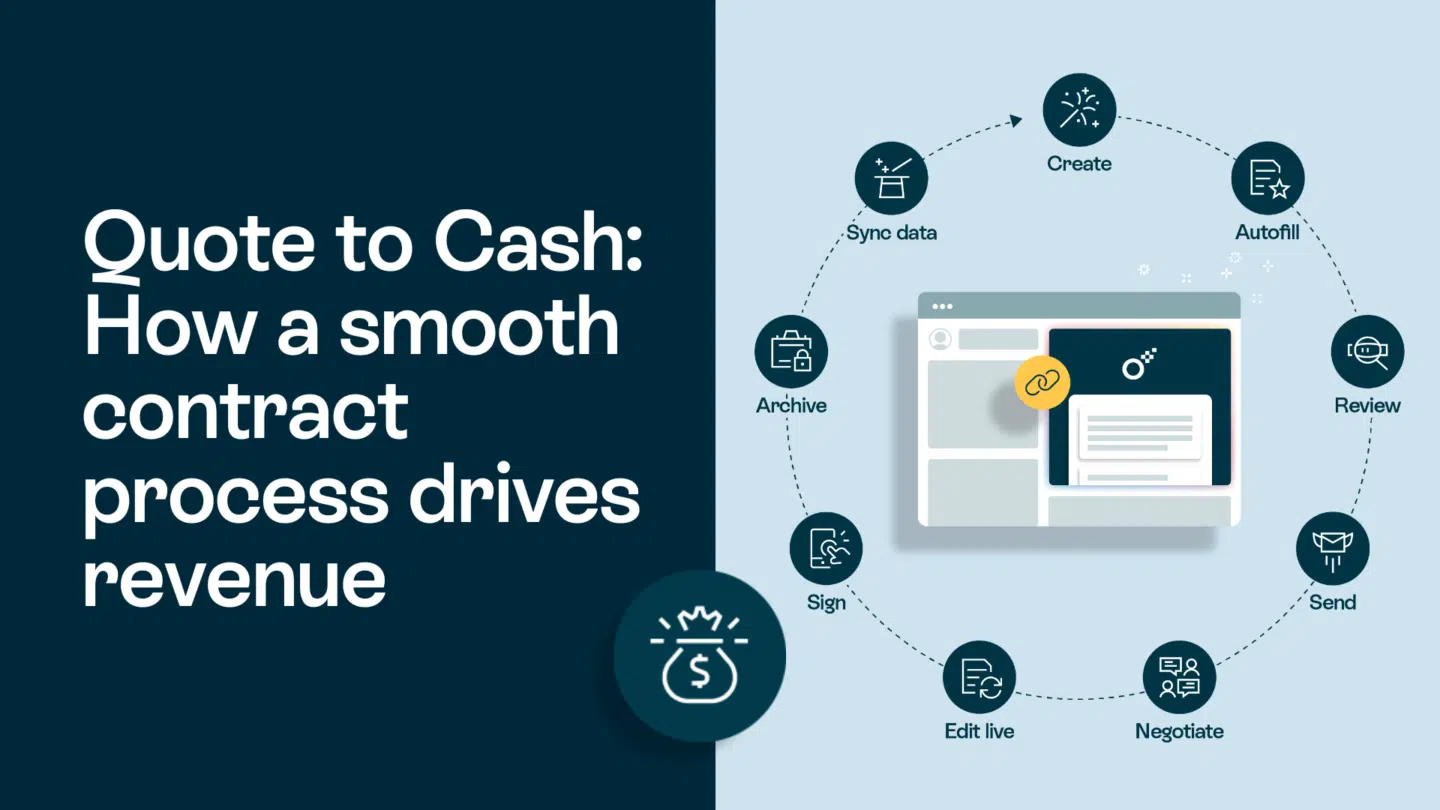In Instantaneous Feedback and Assessment: Digital schools leverage technology to provide instantaneous feedback on student assignments, assessments, and learning activities. Automated assessment tools enable educators to deliver timely feedback that highlights strengths, identifies areas for improvement, and guides students toward mastery of learning objectives.
This immediate feedback loop not only reinforces learning but also empowers students to take ownership of their academic progress, fostering a growth mindset and a culture of continuous improvement.modern education, digital schools stand as beacons of innovation, reshaping traditional paradigms and ushering in a new era of learning. Harnessing the power of technology, digital schools offer a plethora of advantages that revolutionize the educational experience for students, educators, and administrators alike. In this comprehensive guide, we delve deeper into the top 10 benefits of digital schools, illuminating their transformative impact on education in the digital age.
1. Enhanced accessibility
Digital schools go beyond the limitations of physical proximity, providing unparalleled accessibility to education for students regardless of their geographical location. By leveraging online platforms, students can participate in classes, access educational resources, and engage in learning activities from virtually anywhere with an internet connection. This accessibility is especially beneficial for students in remote areas, those with mobility challenges, or individuals seeking flexible learning options.
Read also: What is contract management? Your ultimate guide

2. Tailored personalized learning
Central to the ethos of digital schools is the concept of personalized learning, wherein instructional content and pace are tailored to meet the unique needs and preferences of each student. Through adaptive learning technologies, digital schools analyze individual learning patterns, strengths, and areas for improvement to deliver customized educational experiences. From adaptive assessments to personalized learning paths, students receive targeted support that maximizes their academic growth and fosters a deeper understanding of subject matter.
3. Unmatched flexibility
Flexibility is a hallmark feature of digital schools, offering students the freedom to design their own learning schedules and environments. With asynchronous learning opportunities, students can access course materials, complete assignments, and participate in discussions at their own pace, accommodating diverse learning styles and personal commitments. Whether balancing academic pursuits with extracurricular activities, part-time employment, or family responsibilities, students have the autonomy to create a learning experience that aligns with their individual needs and aspirations.
4. Abundance of learning resources
Digital schools provide an extensive array of online resources that enrich the educational experience beyond the confines of traditional textbooks and classroom materials. From interactive multimedia content to virtual labs and educational applications, students have access to a wealth of resources that cater to diverse learning preferences and interests. These resources empower students to explore concepts in depth, engage in interactive learning experiences, and cultivate critical thinking skills in a dynamic digital environment.
Read also: How to easily build lean contract management processes

5. Facilitated collaboration and communication
Collaboration lies at the heart of digital schools, fostering meaningful interactions among students, educators, and peers. Through online discussion forums, collaborative projects, and real-time communication tools, students can engage in collaborative learning experiences that promote knowledge sharing, problem-solving, and teamwork. By leveraging digital platforms for communication and collaboration, students develop essential 21st-century skills such as digital literacy, effective communication, and virtual collaboration, preparing them for success in an interconnected world.
6. Instantaneous feedback and assessment
Digital schools leverage technology to provide instantaneous feedback on student assignments, assessments, and learning activities. Automated assessment tools enable educators to deliver timely feedback that highlights strengths, identifies areas for improvement, and guides students toward mastery of learning objectives. This immediate feedback loop not only reinforces learning but also empowers students to take ownership of their academic progress, fostering a growth mindset and a culture of continuous improvement.
7. Data-driven insights for informed decision-making
Digital schools collect and analyze vast amounts of data on student performance, engagement, and learning outcomes, providing educators with invaluable insights for informed decision-making. By harnessing data analytics and learning analytics tools, educators can identify trends, track progress, and personalize instruction to meet the diverse needs of students effectively. Data-driven insights empower educators to implement evidence-based practices, optimize learning experiences, and maximize student success.
8. Cost-effectiveness and resource optimization
Digital schools offer a cost-effective alternative to traditional educational models by reducing expenses associated with physical infrastructure, transportation, and printed materials. By leveraging online platforms and digital resources, schools can optimize resource allocation, streamline administrative processes, and reallocate savings toward student-centered initiatives and support services. This cost-effectiveness makes digital schools a sustainable solution for delivering high-quality education to a broad and diverse student population.
Read also: How to use Oneflow e-signatures in education and schools

9. More inclusivity and diversity
Digital schools embrace inclusivity by creating learning environments that accommodate the diverse needs and backgrounds of all students. Through customizable learning experiences, adaptive technologies, and universal design principles, digital schools ensure that every student has equal access to educational opportunities and support services. By fostering an inclusive and supportive learning community, digital schools empower students to thrive academically, socially, and emotionally, regardless of their individual circumstances or challenges.
10. Preparation for success in the digital age
Perhaps the most compelling benefit of digital schools is their unparalleled ability to prepare students for success in the digital age. By integrating technology into every aspect of the learning process, digital schools equip students with essential skills and competencies that are vital for thriving in a rapidly evolving global economy. From digital literacy and information fluency to critical thinking and problem-solving, students in digital schools develop the skills, mindset, and resilience needed to navigate an increasingly complex and interconnected world.
The key takeaways
Digital schools are a paradigm shift in education, offering a transformative approach to teaching and learning that prepares students for success in the digital age and beyond. By harnessing the power of technology, digital schools unlock new opportunities for accessibility, personalization, collaboration, and innovation, revolutionizing education and empowering learners to reach their full potential in an ever-changing world. As we continue to embrace the possibilities of digital education, the future of learning is brighter than ever before.







